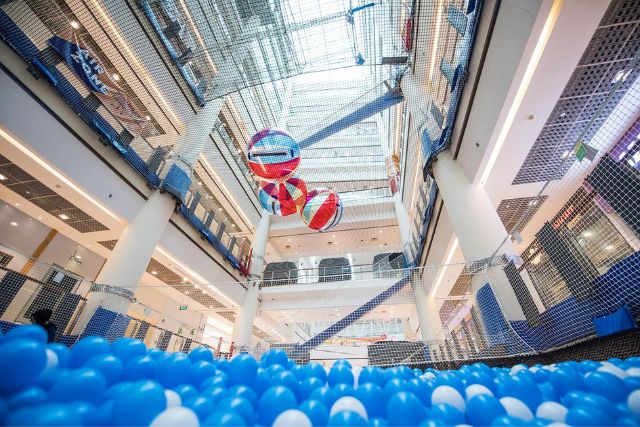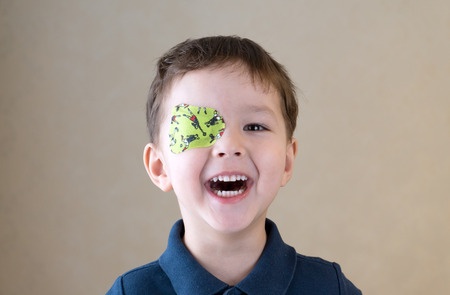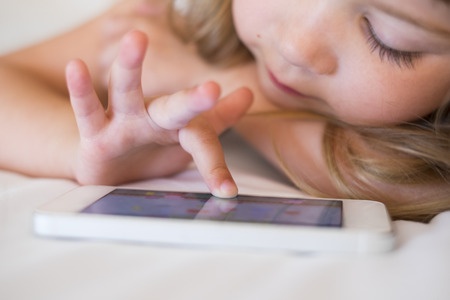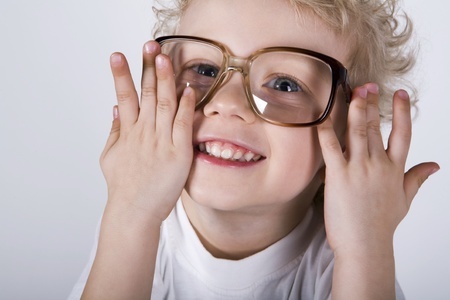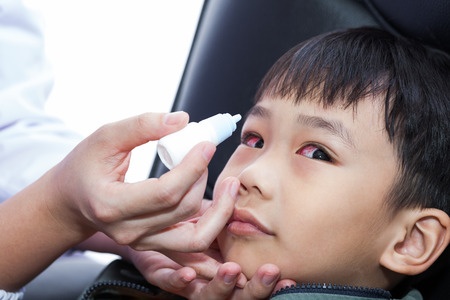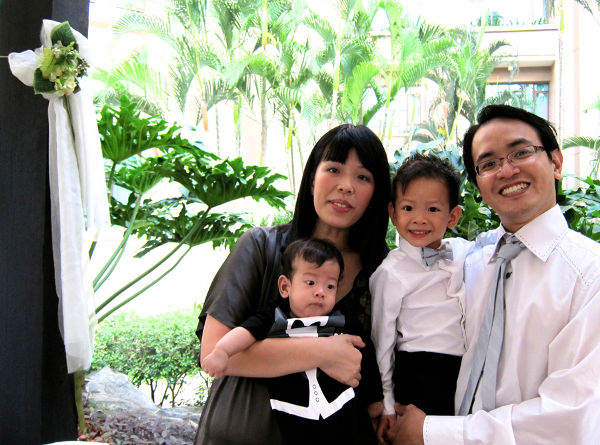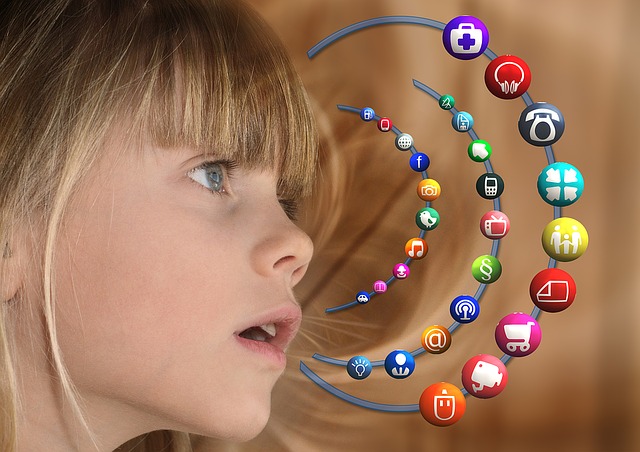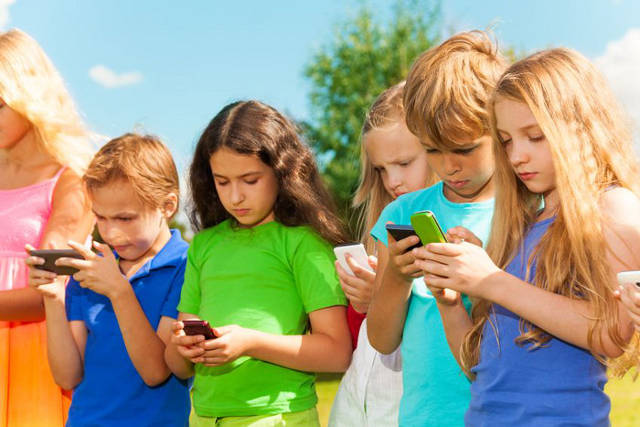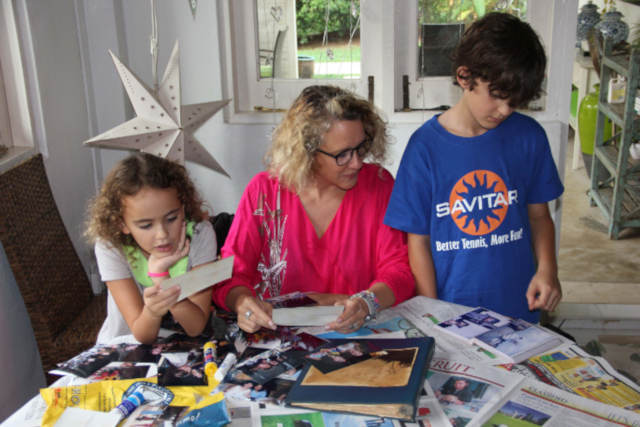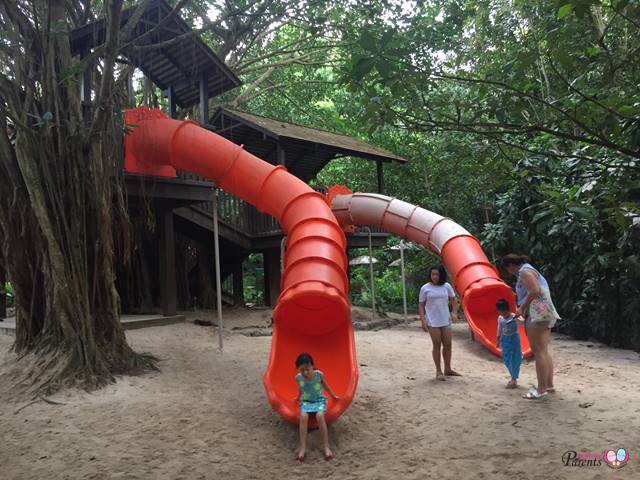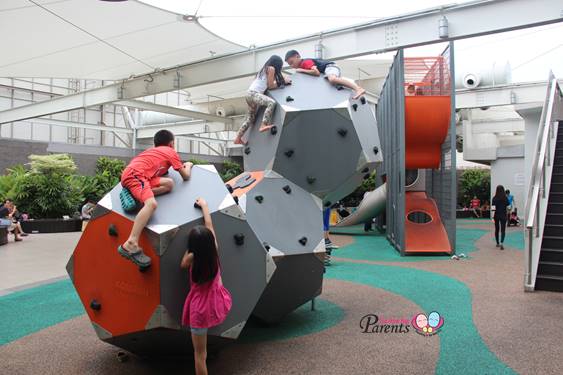Although reports done by Health Promotion Board have reflected a stable childhood myopia rate in the past years, it still doesn’t negate the fact that contracting myopia at a young age carries a higher risk of eye problems in the future.
As an eye doctor, it is always worrying to see patients coming in at a younger and younger age for myopia treatment.
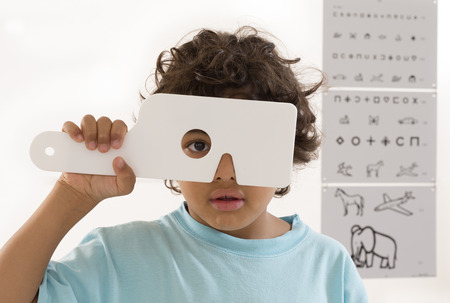
If you are a parent of a young child, here are things to note if you would like to lessen the chance of your child contracting myopia.
#1 Myopia increases when we do work at a close distance
Examples of near work include reading, writing, using the computer and looking at handheld devices. The nearer the working distance and the more we do it, the greater the induction of myopia.
#2 Myopia tends to run in the family
Parents who are short-sighted are more likely to pass this gene down to their offspring and have children who are also short-sighted.
Many parents have also asked me what are the various scenarios that increase their child’s chance of getting childhood myopia during my consultations. Here are the common misconceptions of:
- Sitting too close to the TV
Yes, the nearer the distance we watch TV at, the greater the chance of an increase in myopia.
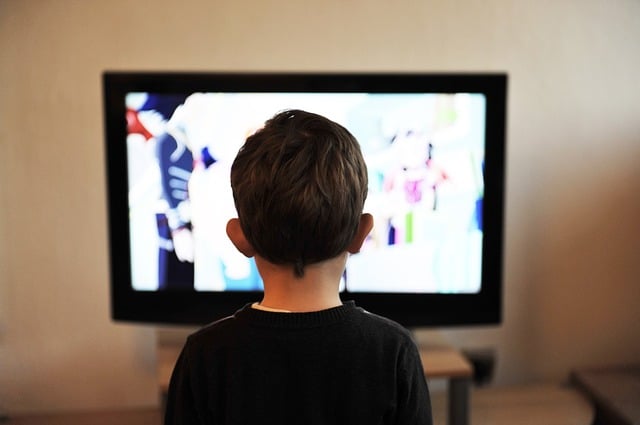
- Reading under a dim or yellow light
This has not been shown to be directly related to an increase in myopia. However, it is not easy to see well in dim lighting. We are more likely to hold the reading material closer in order to see the words better. This then induces myopia to increase.
Reading in dim light also causes eye strain. Always use adequate lighting when reading.
- Looking at the phone, laptop, computer or tablet for long periods
Yes, the more hours spent doing this, the more the increase in myopia.
- Wearing spectacles with degree for fun, even for short periods of time
This will not cause the myopia to increase. But it can cause headache and eye strain.
- Watching TV or reading a book lying down
Reading a book while lying down usually leads to less light being shone on the reading material, causing us to bring the reading material closer to us. So it is best to sit up and have adequate light on the reading material while reading.
Lying on the back to watch TV will not lead to eye problems as long as you are not too near to the TV. Lying on the side, however, causes the image to be rotated horizontally and can lead to eye strain.
#3 Look Far Ahead
To improve a child’s eyesight, always reiterate this point to them – seeing far is better than seeing near.
Outdoor activities should always be encouraged overall games on handheld devices. For a child, this may be going to the playground, going cycling or swimming.

Many children spend too much time on handheld devices. Reduce your child’s time spent on such devices during mealtimes and travelling times. Encourage conversations during meal times. When travelling in the car or bus, encourage them to look out of the windows.
When reading and writing, encourage your child to do this under good lighting and to sit at an appropriate distance from these reading materials (30 to 40 cm for books).
For a child of school-going age, always remind them to take vision breaks. They should take a short break (close their eyes or look away for 10 to 15 seconds), after every half an hour of near work.
The Health Promotion Board (HPB) in Singapore also provides eye screening for children yearly from the age of 5 onwards. Children who are found to have vision problems are referred for further assessment.
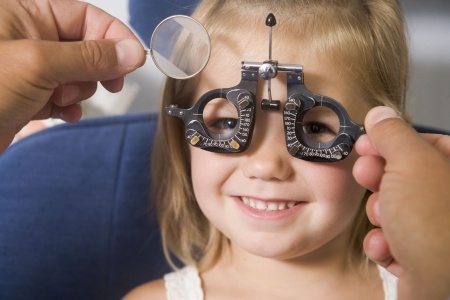
If you suspect that your child has a vision problem or do not want to wait for the screening provided by HPB, please take your child to an optician or an eye doctor for an assessment.
Are there any treatments that can stop myopia from progressing?
The only strong clinical evidence of a method that can help reduce the increase in myopia is to use Atropine eye drops in the eye.
This special eye drop has been in use in children in Singapore since 2000 to treat myopia.
In a five-year trial of Atropine which started in 2006, researchers in Singapore found that this dosage of atropine was effective in slowing myopia progression by about 60% over a two-year period with very few side effects.
⇒ Related Read: Curb Your Child’s Myopia Progression with HOYA MiYOSMART Lens
An initial check will reveal if your child is suitable for this program. The low dose atropine eye drop is instilled into the eye once per night.
There is no pain in using this eye drop and many children get accustomed to it. Side effects are very minimal to nil. The child then comes to our clinic once in a few months to monitor progress. Atropine eye drops can also be used in adults.
This article was contributed by Dr Lee Sao Bing, Medical Director, Senior Consultant Eye Specialist, Shinagawa Eye Centre.
* * * * *
Like what you see here? Get parenting tips and stories straight to your inbox! Join our mailing list here.
Want to be heard 👂 and seen 👀 by over 100,000 parents in Singapore? We can help! Leave your contact here and we’ll be in touch.



















